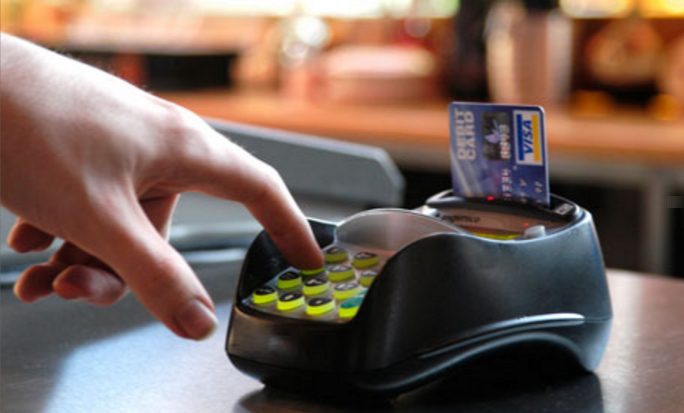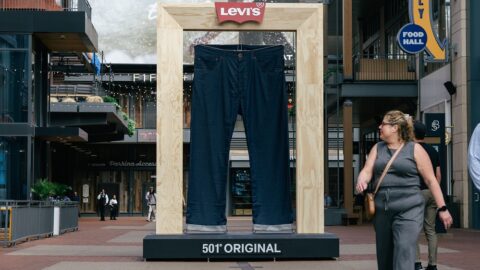It’s been no secret that traditional retailers have had a difficult time in 2016, as consumers opt to spend where they can do more than just buy physical products. They want experiences.
A recent study confirms this premise. Bank of America Merrill Lynch aggregated data from the bank’s cardholders’ June 2016 debit card and credit card spending to confirm that experiences matter more than ever in today’s retail market.
“We show an assortment of categories in the Chart of the Month and observe the following themes: softness in housing-related items; continued shift away from department stores and teen and young adult clothing; strength in sporting goods; and an increase in spending on travel and restaurants,” noted Michelle Meyer, a U.S. economist for Bank of America Merrill Lynch Meyer, in a note to clients.
Advertisement
The Bank of America spending results highlight three key takeaways regarding today’s experiential environment:
-
Food and drink sales spike, driving new strategies in traditional retail;
-
Sporting goods are thriving despite segment closures and consolidation; and
-
Shoppers are not as enamored with luxury as they used to be.
Food And Drink Sales Spike, Driving New Strategies In Traditional Retail
Spending within restaurants and bars increased 5.8% year-over-year, representing the largest category spending increases in June 2016. Traditional retailers are taking note of this trend and responding with new strategies. For example, Urban Outfitters is introducing a chain of Vetri pizzeria locations within select stores; and the struggling bookstore brand Barnes & Noble is expanding its food offerings and adding alcohol sales to drive more consumers to the stores.
While many retailers already sell some type of food products within their flagship stores — often designed to attract tourist crowds — this urban model may expand to more stores and suburbia. The fact is: consumers are eating out more versus shopping in grocery stores. Restaurant spending increased 2.1%, as reported in the Bank of America study.
Sporting Goods Are Thriving Despite Segment Closures And Consolidation
The year-over-year (YOY) spending decreases in department stores (4%) and teen and young and adult clothing (4.6%) are not so surprising, as brands such as Macy’s, Nordstrom, Kohl’s, JCPenney and Aeropostale all posted disappointing financial results thus far in 2016. However, one major surprise in the cardholder data is a 4.9% spending increase in sporting goods. The sporting goods results reveal that people are in fact still shopping at these stores, regardless of the closures at former top players Sports Authority and Sport Chalet. Additionally, sporting goods spending is outpacing its previous five-year spending increase average of 3.0%. This is good news for the brands that have survived the recent industry consolidation.
Brand closures aside, a sporting goods spending increase actually does make sense. It turns out that when shopping malls close down department stores, 8.8% of the newly open space is now being replaced by sporting goods retailers, according to real estate tracker CoStar Group. Sporting goods store openings in malls are now the third most-selected choice behind other department stores (46.2%) and non-department anchors such as Target (15.2%).
The sporting goods brands that survive and thrive will take advantage of the experiential nature of the business, helping consumers select their favorite apparel, accessories and sports equipment in support of athletic and outdoor activities.
Shoppers Are Not As Enamored With Luxury As They Used To Be
Even though luxury brands typically thrive through difficult economic times, recently luxury has taken a gigantic hit, even though the segment experienced a 5.0% increase in spending over June 2015. But that 5.0% increase is 12.7% behind the sector’s five-year spending increase average of 17.7%, which also was well above any of the other categories measured.
The branding of high-end apparel, jewelry and accessories just doesn’t appear to be enough to make consumers want to buy the products. Millennials and other groups are spending more time considering these types of purchases. One of the premier faces of luxury, Ralph Lauren, is closing 50 stores and cutting nearly 1,000 jobs as it pivots its offerings to focus on core brands and slash merchandise production times. And Neiman Marcus is reportedly seeking a buyer or investor due to a $5 billion debt, despite heavy investment in in-store technologies designed to augment the consumer experience.
The sector’s luster has worn off to the point where top brands such as Burberry, Tom Ford and Nordstrom have taken the once-unthinkable route of offering “see now, buy now” retailing, opting to sell off items displayed on the fashion runway.
Luxury consumers now prefer a weekend away, a night out, or new technology to luxury apparel and accessories, according to the 2015 Boston Consulting Group-FIT Global Luxury Customer Survey. In response, luxury retailers should think about building experiences based on the lifestyles their consumers’ desire.
The success of Prime Day has further illustrated that consumers are more than willing to spend money as long as they can get the products they want at what they consider to be the best prices, and have them delivered to their homes within a few days. To compete in the era of Amazon, traditional retailers need to embrace their unique brand propositions, superior customer service and great experiences to compete for consumers’ attention and dollars.









